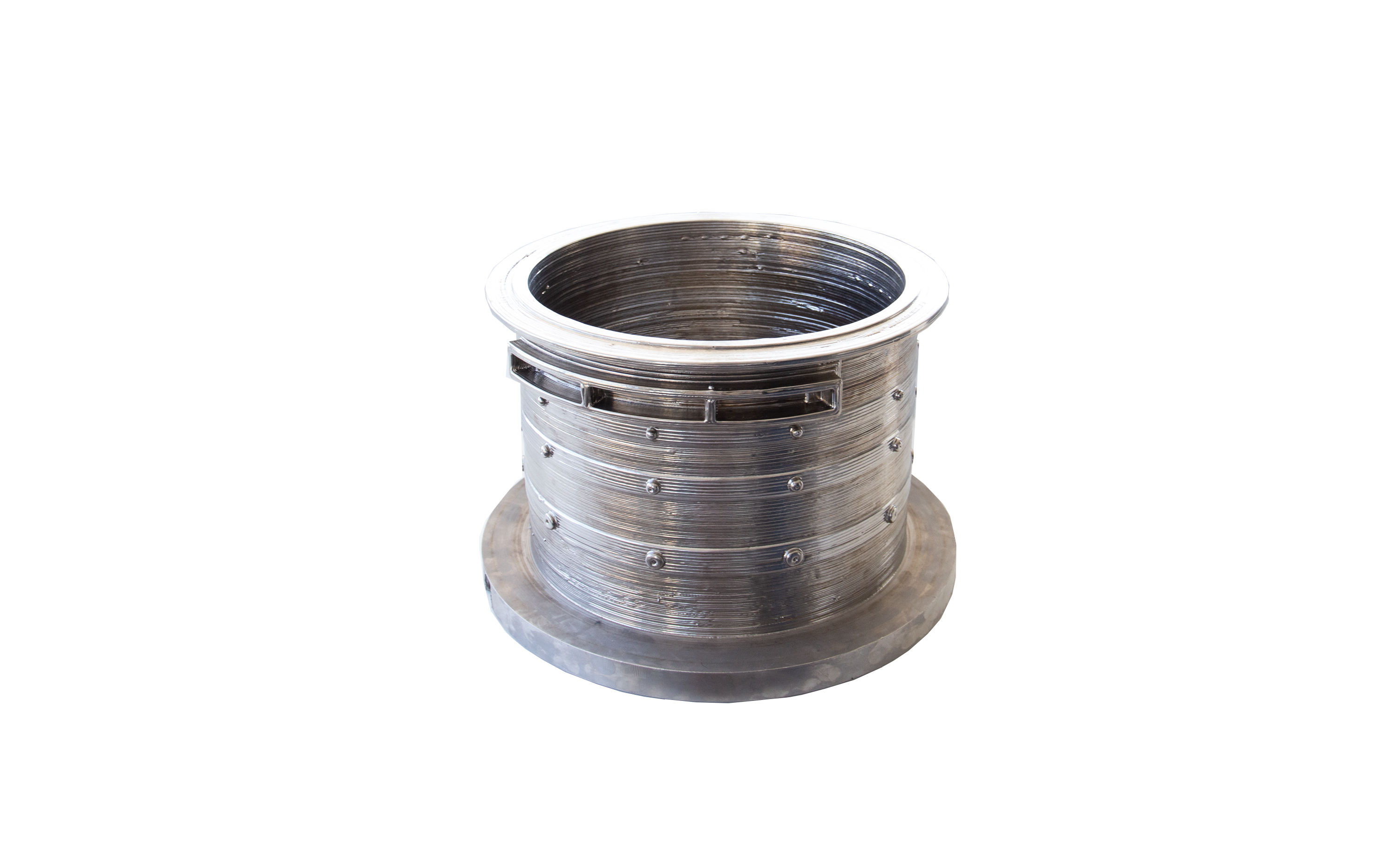New tests for more eco-friendly aero engines
Modern gas turbines are increasingly designed to operate under extreme conditions of temperature and pressure. Such conditions increase thermal efficiency and decrease emissions. Scientists initiated the EU-funded project FACTOR (Full aero-thermal combustor-turbine interaction research) to further study flow field interactions between the combustor chamber and the gas turbine. Detailed knowledge of this interaction is essential for design of higher-performance engine turbines with longer operating lifetimes. Higher performance, lower emissions The complex flow physics in combustion and turbine systems that usually consist of many highly sophisticated components has been the subject of numerous studies over the last decade. Engine manufacturers are making major efforts to master this interface as extremely hot gases, variable boundary layers, turbulence effects and inherent unsteadiness are some of the phenomena making this region highly complex. Better understanding of the complex interaction between the coolant system and the transport and mixing of the air within aircraft turbines will enable reduction in the specific fuel consumption. “Accurate prediction of combustor-turbine interaction will lead to a better optimised design and therefore engines of higher efficiency,” says Project Coordinator Matthieu Chevrier. “The objective of FACTOR was to provide accurate and reliable data which can be used to enhance calculation models,” he continues. FACTOR’s goal was not only to reduce fuel consumption, but also to decrease high-pressure turbine weight by 1.5 % and, accordingly, engine cost by 3 %. New experimental facilities Relying on results and guidelines from previous relevant EU-funded initiatives, the project succeeded in creating new links between European combustor and turbo machinery experts. A new turbine test facility hosted by DLR in Göttingen that couples a combustor with a high-pressure turbine simulator for aerodynamic and aerothermal measurements intensified this effort. The FACTOR test infrastructure was used to collect experimental data to enhance understanding of secondary flow transport and mixing mechanisms through the turbine. Fed by hot and cold air, this new facility also enabled researchers to further explore thermal interactions between the combustor and turbine. A complementary blow-down turbine facility hosted by Oxford University in the United Kingdom was used to supplement analysis of the DLR continuous flow test rig. Even if test bench temperatures remained below real temperatures, the aerodynamic behaviour of the turbine was representative of the most recent engines. “The nozzle guide vane, which is found just after the combustor chamber, has to be cooled because of the high temperature that comes from the chamber,” explains Mr Chevrier. “This temperature flow is not homogenous, but rather highly heterogeneous, and by better predicting the hot point migration through the turbine we can optimise engine efficiency.” All measurement data have been used to create a new test database that is available for all FACTOR partners. The database contains different clocking positions that will facilitate improved understanding of how the hot point interacts with the turbine. It also includes detailed measurements in all interfaces that will be available and used for at least 10 years to better understand the fluid structure inside the turbine. FACTOR’s results should significantly contribute to designing new internal combustion engines with high air-fuel ratios. Known as lean burn, these engines combust more fuel and emit fewer emissions.
Keywords
FACTOR, combustor, gas turbine, combustor-turbine interaction, aero engine, flow field







